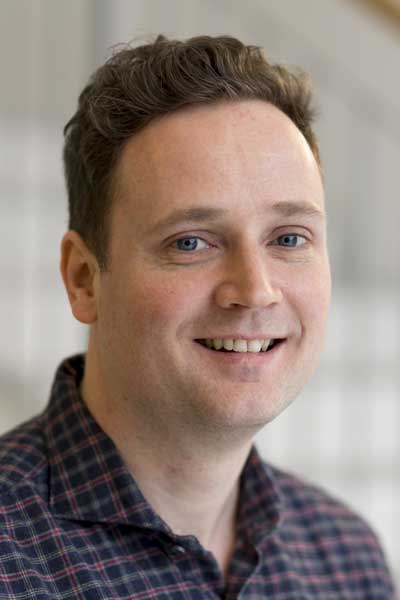Image processing, analysis and visualisation - CIUS - Centre for Innovative Ultrasound Solutions
WP4: Image processing, analysis and visualisation
This work package covers new image processing and analysis methods for extracting relevant information from ultrasound images, and to provide an improved workflow for reducing the time to decision or diagnosis. This is highly coupled to data visualisation to display relevant information in an intuitive way, and to provide a basis for data exploration and interaction.
Main research topics:
WP4-1: Real-time 3D image segmentation of all heart chambers
Our aim in this project is to achieve a fully automatic real-time 3D segmentation of all heart chambers. This information is highly useful for initialising more accurate segmentation methods for automatic calculation of ventricle volumes, and for providing a priori information of anatomy that can be used to provide automatic cropping views in 3D imaging, and to provide an optimised acquisition protocol for higher image quality and frame rate.
WP4-2: Patient and image registration for improved workflow and ease-of-use
Development of methods to co-register the patient and ultrasound probe and image, with an aim to provide a context where patient specific 3D anatomical information is available as an aid during imaging. This will increase the ease-of-use for non-expert users and improve workflow in general. The anatomical model will be based on real-time 3D scanning (stereo cameras) and position sensors on the probe and patient. Real-time 3D segmentation of the heart ventricles will further be used for model alignment of the heart itself.
WP4-3: Improved processing of corrosion pittings in external pipe inspection
This project will develop and investigate new acoustic pulsing and signal processing schemes for determination of pitting onset in external pipe inspection. Determining the very onset of pitting using an external single element transducer is of high value for the industry, and is challenging using single element transducers with finite resolution.
WP4-4: Improved detection of pores and cracks in downhole logging
This project will involve new transducer arrays and varying pulsing and imaging techniques for imaging structures through steel casing. In this setting, improved methods will be developed for detection and visualisation of channels and micro-annuli in the cement between casing and formation, a very challenging task since the ultrasound wave has to penetrate the steel casing.
WP4-5: Model-based acquisition for high frame rate medical ultrasound imaging
Development and use of real-time image analysis (e.g. 3D segmentation algorithms) to provide a priori information used to optimise image acquisition, i.e. model-based acquisition. Given anatomical knowledge we will steer the acquisition towards specific the regions of interest automatically, and in these regions increase both the temporal and spatial resolution.
Contact
 Head of WP4: Imaging processing, analysis and visualisation
Head of WP4: Imaging processing, analysis and visualisation
- Professor Lasse Løvstakken, NTNU
